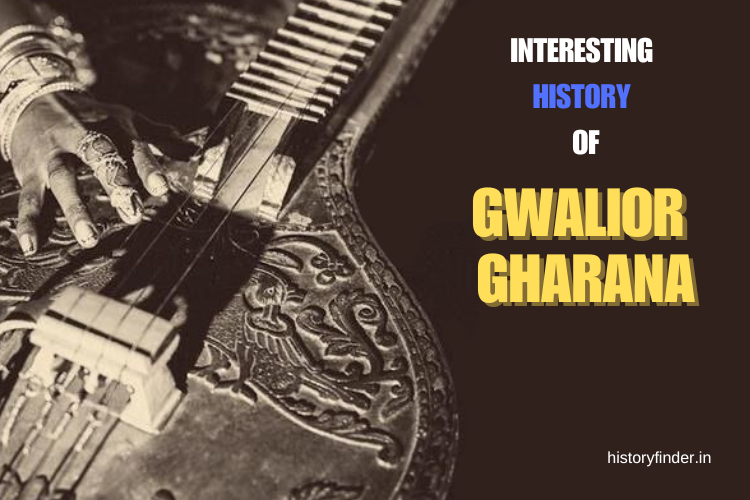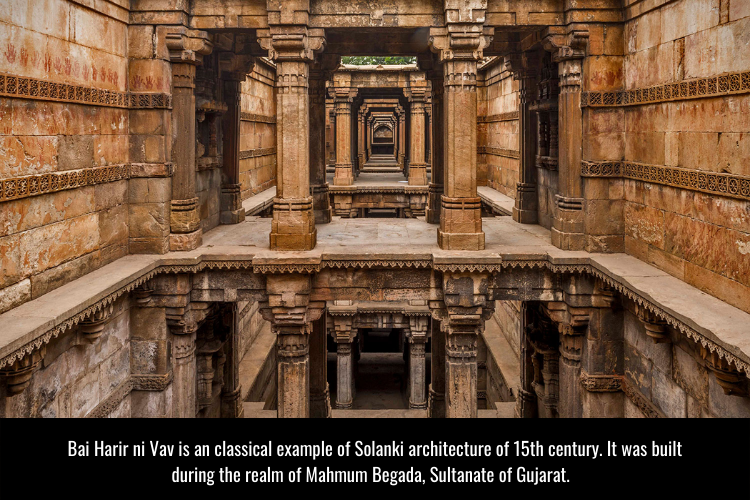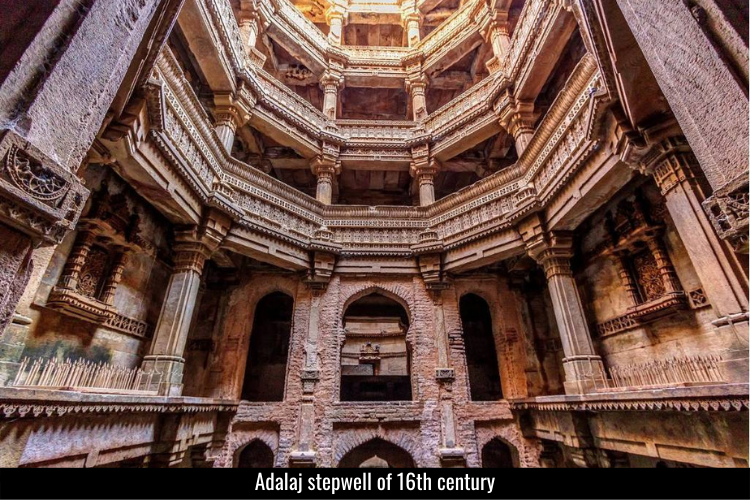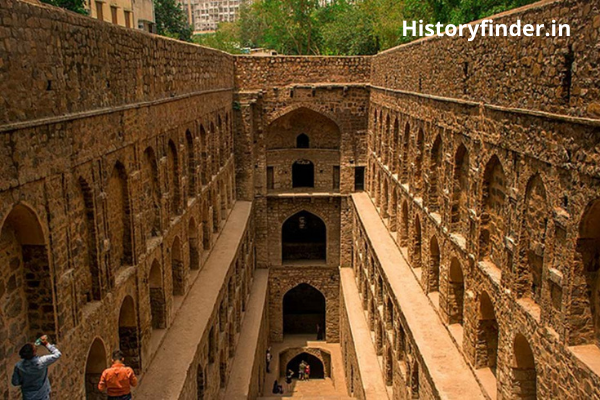Gwalior Gharana is one of the oldest and most prominent schools in the history of Indian classical music. Khayal is the oldest form of Indian classical music. Introduction of Gwalior Gharana played a crucial role in shaping the tradition of Khayal singing over a period of time. The typical style of classical signing connects to several legendary singers and musicians of medieval era. This content covers a brief history of Gwalior Gharana, including how it emerged and evolved.
The traces of oldest form of Khayal singing goes back to 13th century CE, during the reign of Delhi Sultanate. ‘Khayal’ is a Persian or Arabic word which means ‘imagination’. The traditional Khayal singing emphasizes creativity and freedom of expression. Khayal was primarily a vocal genre, but later was hugely influenced by instrumental music.
Gwalior Gharana is recognised for its simplicity, purity, and emphasis on ragas (melody) and talas (rhythm). The Gharana also strongly emphasises on clarity in pronunciation and the rendition of bandishes.

Brief History of Gwalior Gharana
The early history of Gwalior Gharana traces back to early 16th century. Man Singh Tomar (1486-1516), the Maharaja of Gwalior region, is recognised as a great patron of music and arts. Ustad Nathan Pir Bakhsh founded Gwalior Gharana during 16th century. Under Man Singh Tomar’s patronage, Gwalior became a major center of music and culture. Gwalior Gharana flourished during the reign of the Mughal emperor Akbar (1542–1605).
Remarkably, Gwalior Gharana initially introduced Dhrupad style of singing to the Indian music. Typically, Dhrupad was a very conventional style of singing. During early 16th century, the Dhrupadi style really flourished under Raja Man Singh’s patronage. Khayal was introduced to Gwalior Gharana much later. Introduction of Khayal added a lot more dynamics, in terms of expressions and improvisations.
Khayal was introduced to Gwalior Gharana during 18th century, making it more prominent. The shift from Dhrupad to Khayal marked a significant transformation in Hindustani classical music. Gwalior Gharana had a balanced approach to both improvisation (alap and taan) and composition. It also focused on the structured development of the raga.
Early Ustads of Gwalior Gharana (16-18th century)
Gwalior Gharana introduced some prominent singers and musicians in the history of Indian classical music. They and their influential students carried the legacy to the next level, reaching out to the greater world.
Nathe Khan and Nathan Peer Bakhsh
Ustad Nathan Peer Bakhsh, the founder of Gwalior Gharana, originally belonged to Lucknow who migrated to Gwalior during 16th century. Ustad Nathe Khan, the probable co-founder of Gwalior Gharana, was another key artist in early history of this gayaki style. They all belonged to the court of Raja Mansingh Tomar. Under Raja Man Singh’s patronage, Gwalior eventually became ‘the land of music’. But Khayaal was yet to be added in Gwalior Gharana then.
Tansen
Tansen (1500-1589) was one of the most famous singing sensations of Gwalior Gharana. He began his musical career under Raja Ramchandra Singh of Rewa Kingdom. Tansen, a Vaishnava musician, was initially a dhrupad singer. Later at the age of 60, he joined the Mughal court of Akbar. There he became famous for his Khayal singing as well. Mughal emperor Akbar considered him as one of his Navaratnas. With Mughal emperor Akbar’s title, Tansen became famous as Miyan Tansen.
Bade Mohammad Khan
Bade Mohammad Khan was head musician in the imperial court of Mughal emperor Mohammad Shah (1702-1748 CE). He was reognised as a famous dhrupad singer and veena player in Mughal court. His taan bazi style of singing of Khayal and Dhrupad acquired a lot of fame.
Hassu Khan, Haddu Khan and Nathu Khan
The three brothers played a crucial role in formalizing the Gwalior style of Khayal singing in the 19th century. They developed many of the bandishes (compositions) still in use presently. Most importantly, Hassu, Haddu and Nathu Khan brothers created all their works in document form for future singers. Vasudeva Buwa Joshi, one of the brothers’ students, introduced Gwalior Gharana in Maharashtra. Later Pandit Joshi became a famous teacher. His students therafter carried the history and legacy of Gwalior Gharana to the next generation.
Miyan Banne Khan
Miyan Bane Khan was a famous Dhrupad and Dhamar singer who introduced Khayal in Punjab and Sindh. Banne Khan’s mastery produced many influential students, who spread the musical art in the region. His mastery later established him as an important singer in the court of the Nizams of Hyderabad.
Gwalior Gharana Evolving in 20th century
Moving into the 20th century, Gwalior Gharana continued to thrive with modern vocalists. New masters of the traditional Dhrupad and Khayal singing carried the legacy ahead to the greater audience. Pandit Krishnarao Shankar and Vishnu Digambar Pulaskar were the most prominent figures among them.




